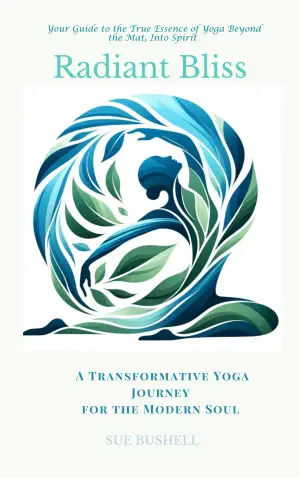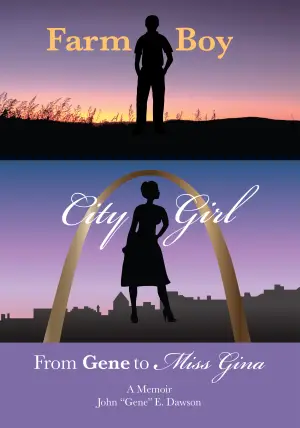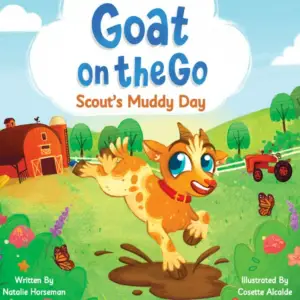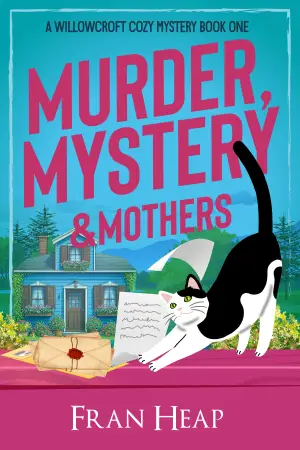Book Review: What Comes of Attending the Commoners Ball by Lisa M. Lee
I was initially drawn to What Comes of Attending the Commoners Ball by Lisa M. Lee due to the delightful buzz surrounding it. The title alone suggested a whimsical adventure, and I couldn’t resist diving into this quirky fairytale that melds Regency vibes with faerie lore. With many glowing recommendations, I was excited but also a tad apprehensive. What if it didn’t live up to the hype? Spoiler alert: it’s definitely a fun—and different—read!
From the very first chapter titled “Of Superstitions and Silliness,” a playful tone enveloped me. Our protagonist, Hester, is a creature of charming contradictions. Raised in a world rife with superstitions surrounding the Folk—mischievous faeries who could turn your life upside-down—Hester’s quirkiness draws us into her whimsical journey. There’s an amusing balance between her cheeky nature and the burden of her inherited fears; I often found myself wanting to gently nudge her to shake off her superstitions.
The setting itself dances between a fantastical past and a regency-esque world, creating a rich tapestry filled with peculiar characters. The names—Hester, Chemmy, Ungus—perfectly encapsulated the quirky nature of this tale, grounding its fairytale whims in a relatable yet eccentric reality. I was especially tickled by how it gave off nostalgic vibes reminiscent of My Little Pony: Friendship is Magic, blending whimsical friendship elements with adventure.
However, I did have a few hiccups with the pacing. The story built beautifully, layer by layer, but just as I was settling in for what felt like a compelling climax, the ending rushed past me. Considering the intricacies of Hester’s world and the fantastical lore surrounding her fears, the conclusion felt a tad abrupt compared to the leisurely pace of the rest of the narrative. I wished for a more elaborate wrapping up of conflicts, especially given the intriguing twists revealed toward the end—like learning about one prince’s hidden ancestry that significantly impacts Hester’s fate.
What truly stood out to me in Lee’s writing was her ability to weave humor into tension. The chapters brim with sarcasm, elevating Hester’s journey beyond mere superstition into a delightful commentary on love, connection, and the peculiar fears we hold. The dialogue often crackles with wit, enhancing the reading experience and making characters like the flirtatious Prince Hugh shine; his antics kept me chuckling even in tense moments.
In conclusion, What Comes of Attending the Commoners Ball is likely to charm readers who enjoy quirky fantasy with a splash of romance. It’s perfect for those who appreciate a lighthearted exploration of superstition, friendship, and love in a vividly drawn world. While I was left longing for a more drawn-out conclusion, I found plenty of joy and humor in Lee’s narrative—making this book an entertaining escape from reality. If you’re looking for a whimsical adventure that captures the essence of fairy tales with a modern twist, this might just be the read for you!
Discover more about What Comes of Attending the Commoners Ball on GoodReads >>













